Nutrition Across the Lifespan
Students will trace the energy and nutrition requirements of the human lifecycle from beginning to end and identify the physical and cognitive growth happening in each phase of life.
Students will trace the energy and nutrition requirements of the human lifecycle from beginning to end and identify the physical and cognitive growth happening in each phase of life.
Students will learn about different types of carbohydrates, the role of enzymes in breaking down complex sugars into simple sugars, and how different sugars impact our perception of sweetness and may impact human health.
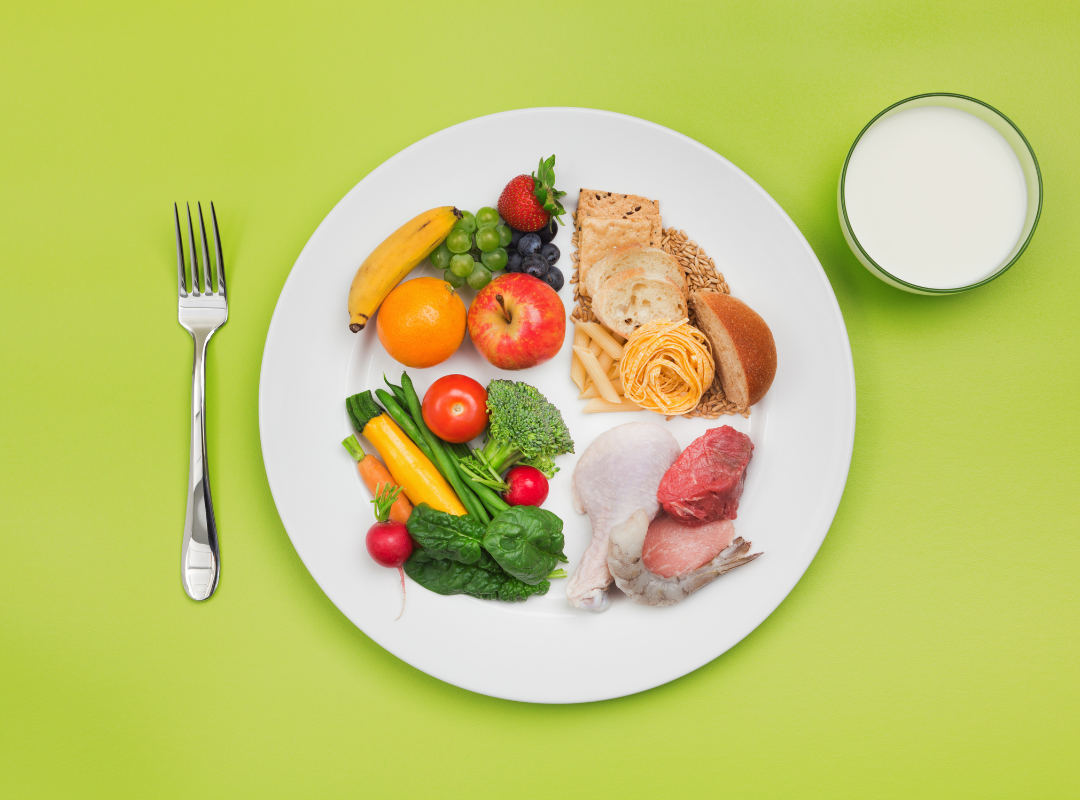
Students will explore what it means to eat a healthy diet by comparing the foods they typically eat in a day with the recommendations of MyPlate.
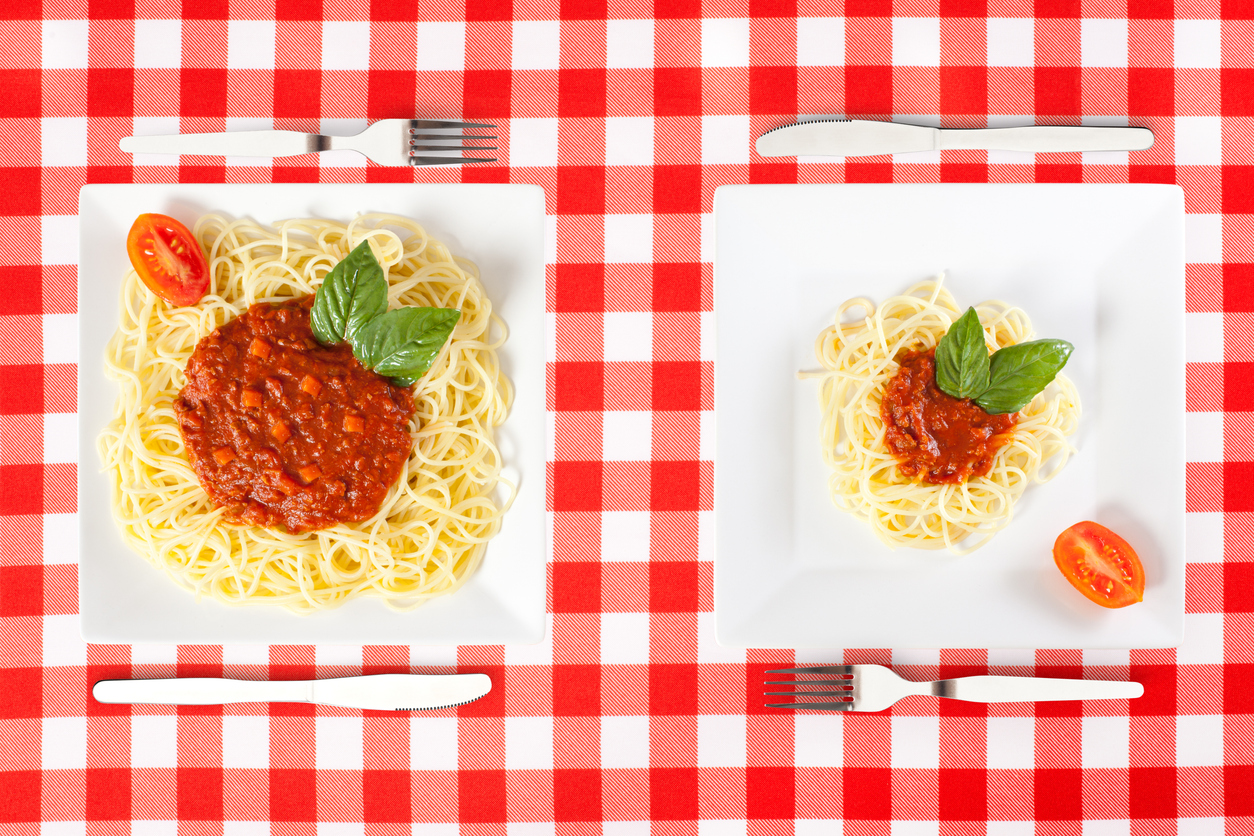
Students will explore appropriate serving size and learn how to make good dietary decisions by understanding the components of nutrition as illustrated by MyPlate.
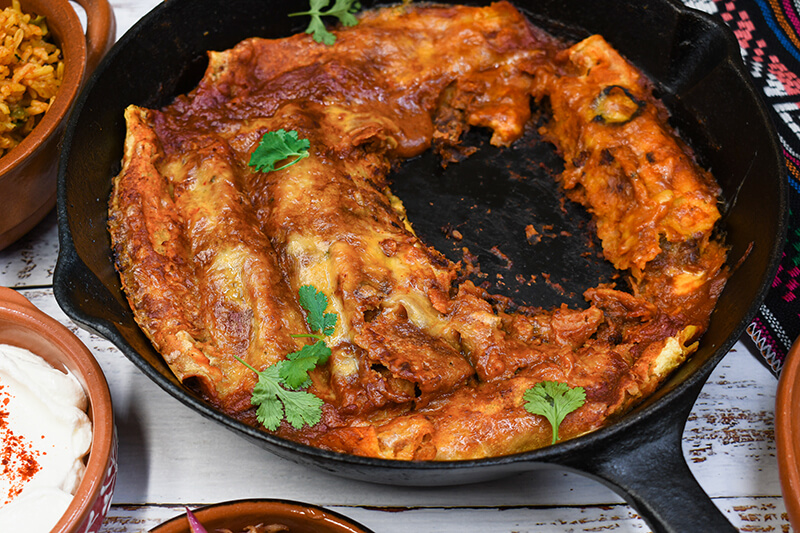
This lesson utilizes a process learning model to recognize how the Columbian Exchange and early Spanish explorers impacted the culture and cuisine of the Southwest United States. Students will participate in a food lab to make enchiladas and learn about the production of each ingredient.
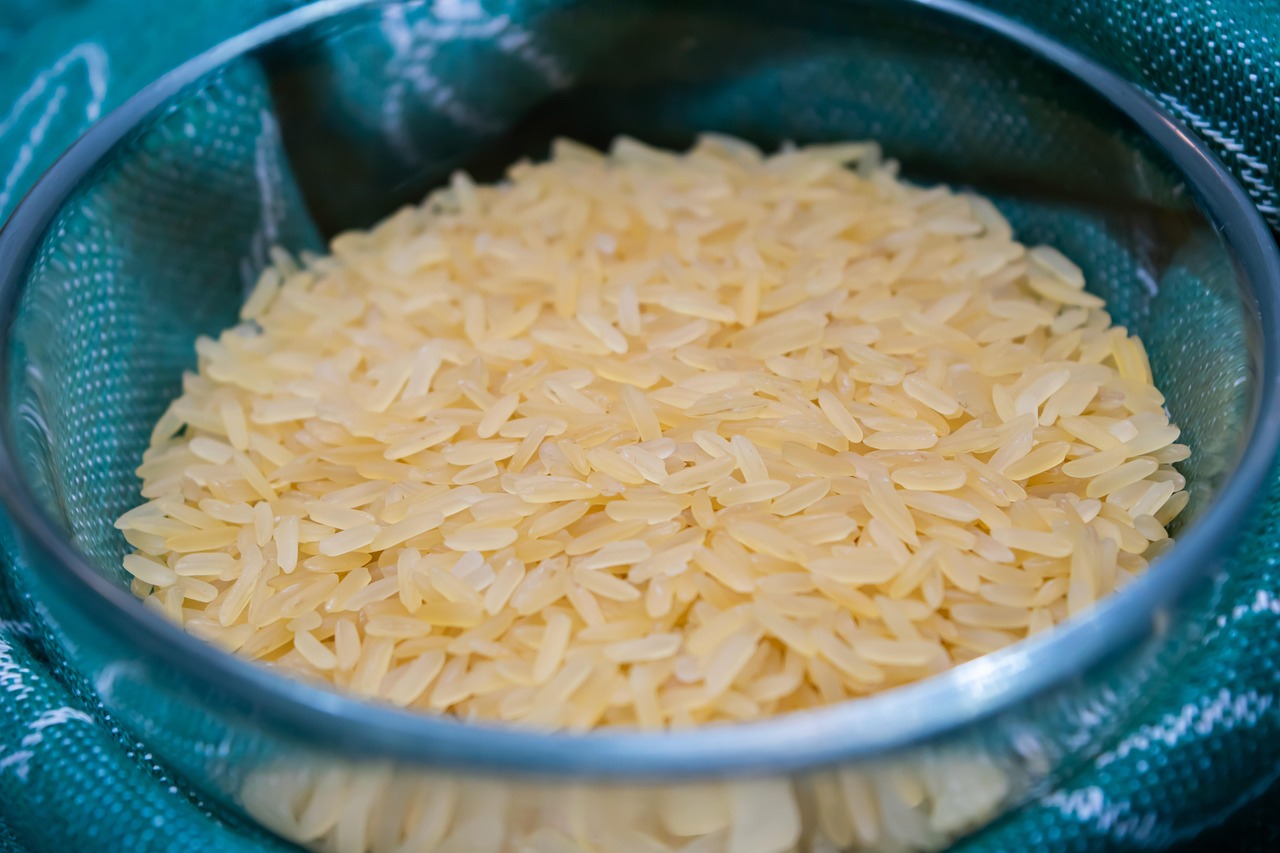
Students will learn about the cultivation and parts of rice while also covering subjects including mathematics, economics, and geography. Activities include reading One Grain of Rice by Demi and removing the hull, bran, and germ from grains of rice.
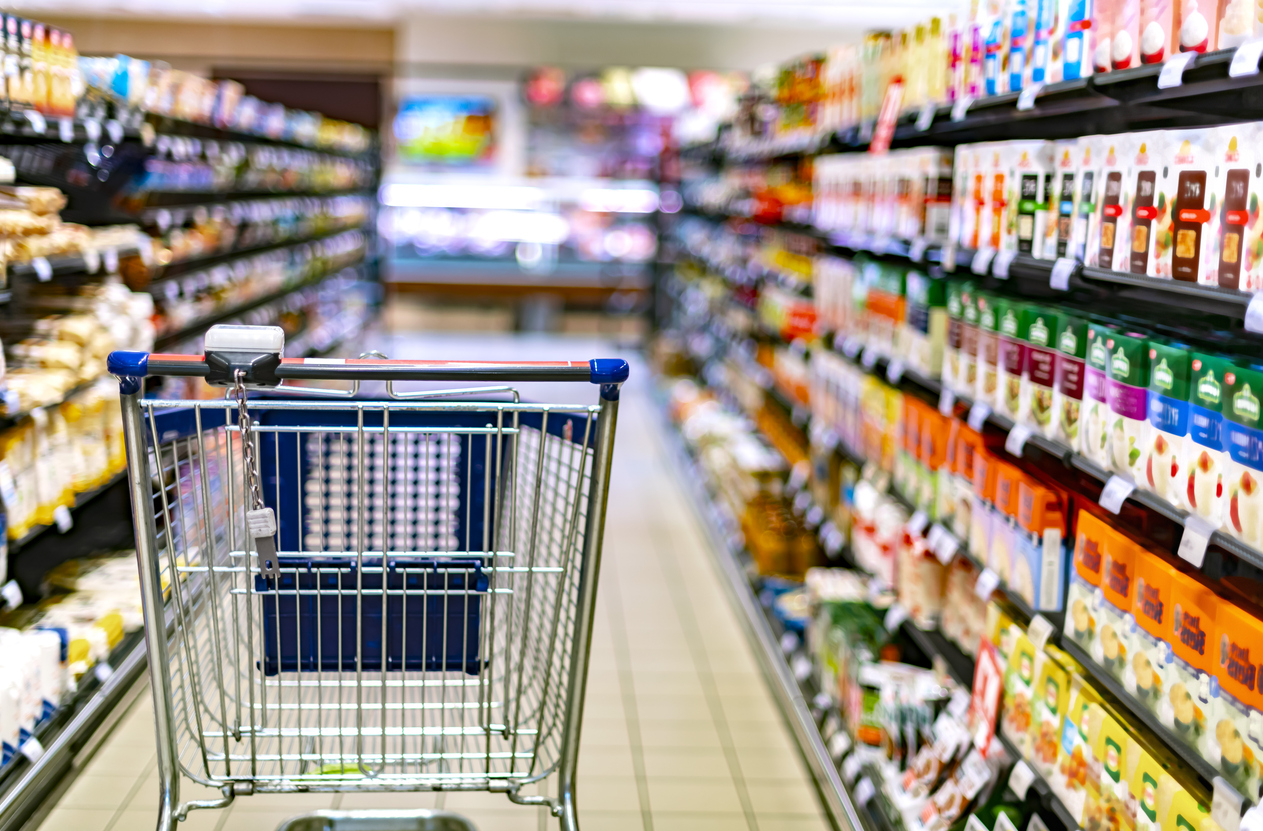
Students will use basic mathematical skills to solve problems related to the cost of food while integrating geography and nutrition to enhance learning. Activities include analyzing grocery ads, assessing the nutrition and cost of meals, and exploring diets around the world.
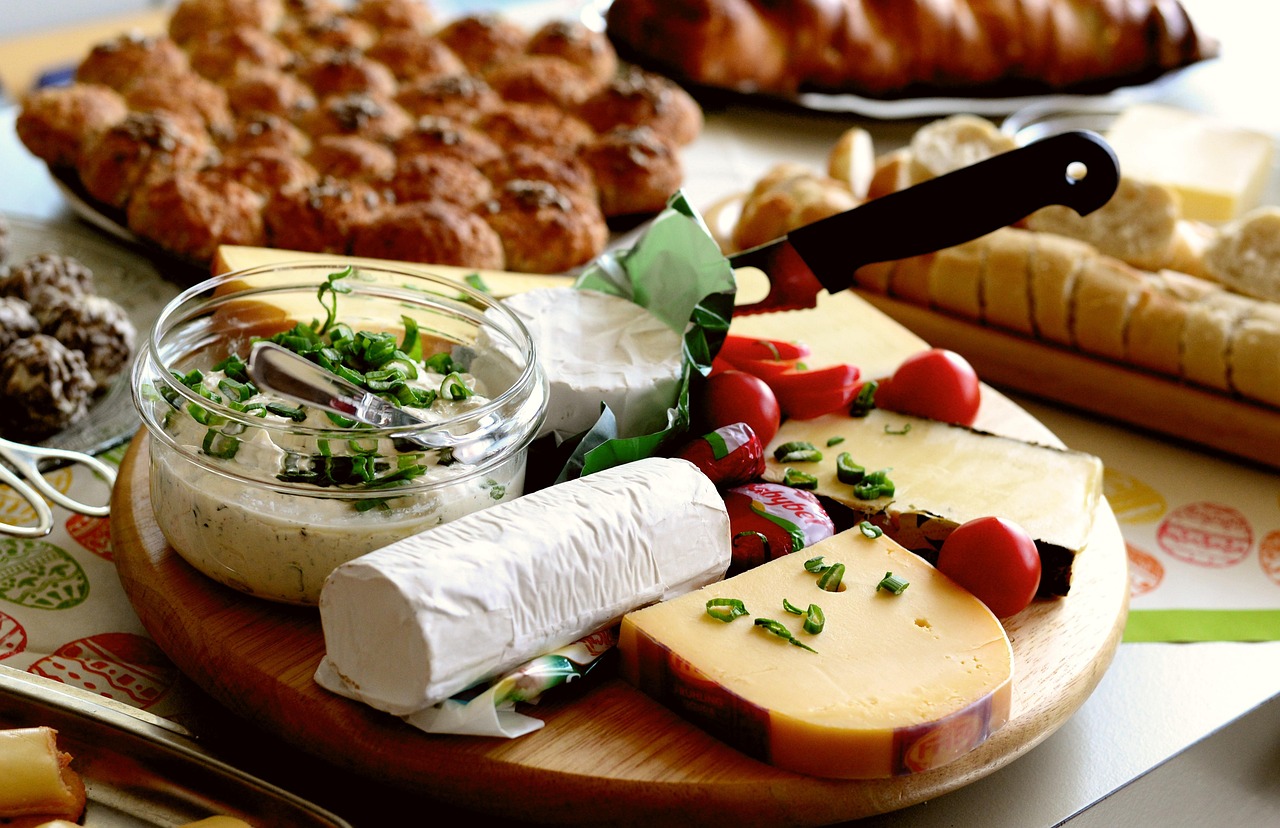
Students will learn about the Law of Conservation of Mass by exploring environmental factors that can impact protein coagulation in milk (cheese-making process). By making qualitative and quantitative observations they will test three possible methods of making curds and whey.
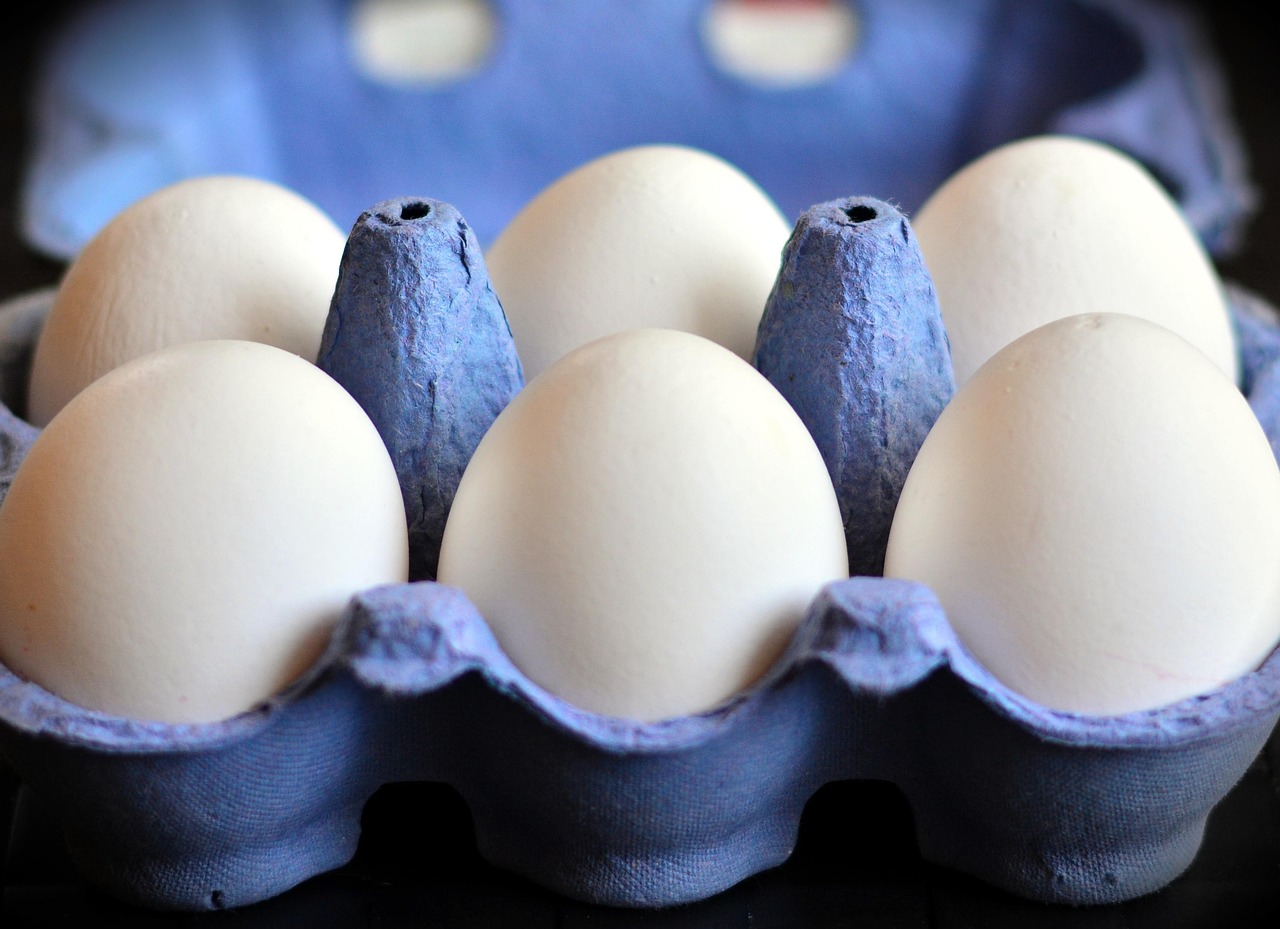
Students will learn the anatomy of eggs and the concept of forming colloidal dispersions called foams as they learn the anatomy of an egg, create a foam by whisking egg whites, investigate the effect of whisking time on foam, and compare and contrast the effect of different substances on the stability of foam.
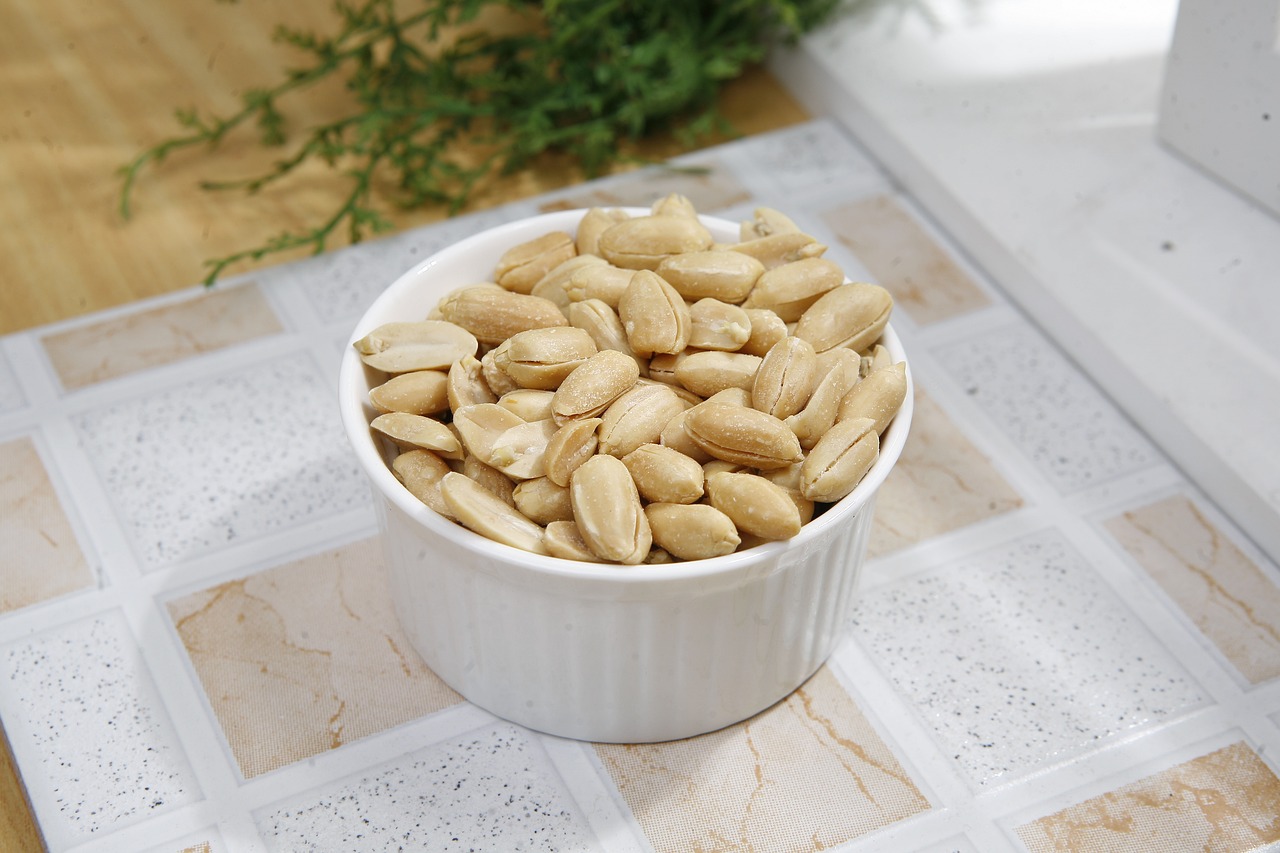
Students will identify the importance of a healthy diet, examine how to meet current Dietary Guidelines, and determine the potential energy (kilocalories) of a peanut through measurements obtained during teacher use of a bomb calorimeter. Students will make comparisons to the actual Nutrition Fact Label and identify possible sources of error.
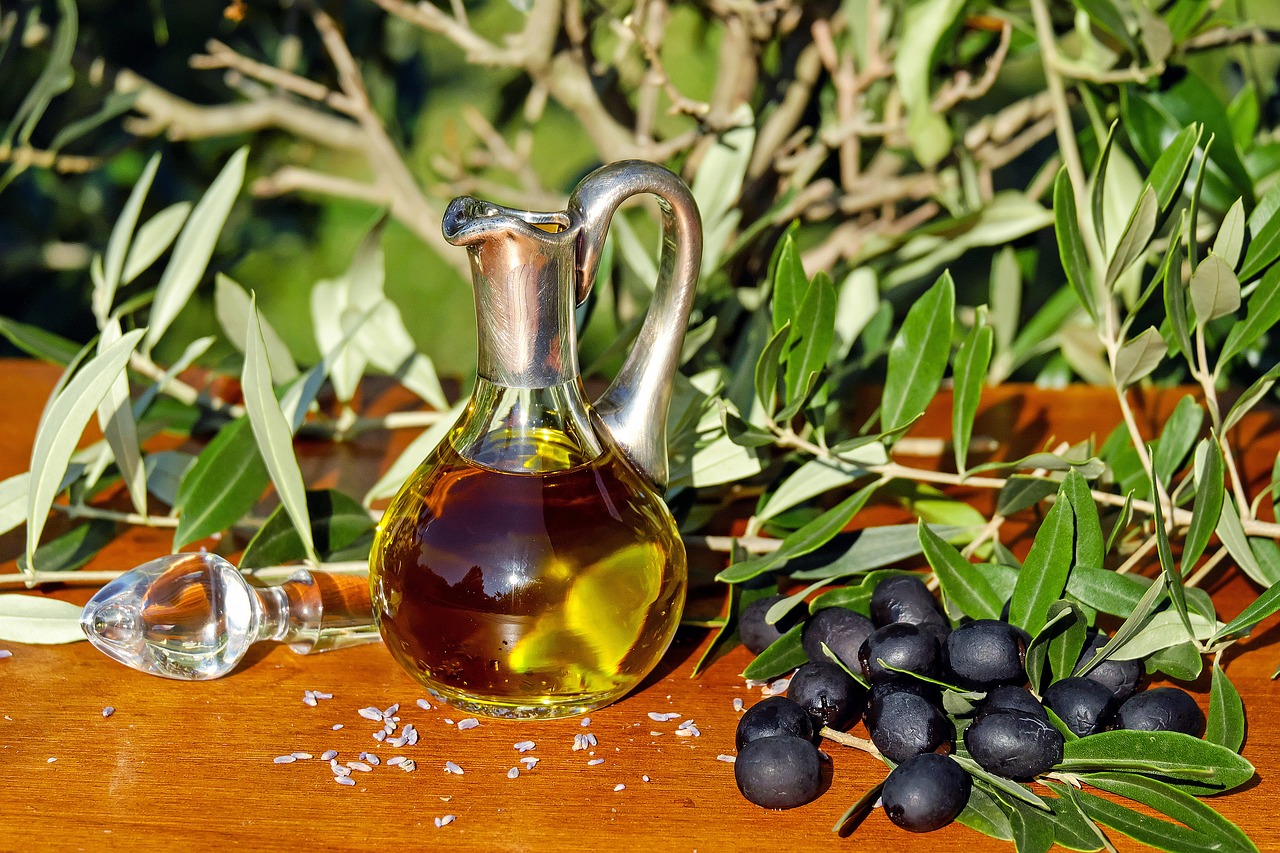
Students will explore the fat content of commonly consumed foods, observe physical properties of lipids (margarine, butter, and vegetable oil) to distinguish between saturated and unsaturated fat, and observe the action of emulsifiers in heterogeneous and homogenous mixtures.
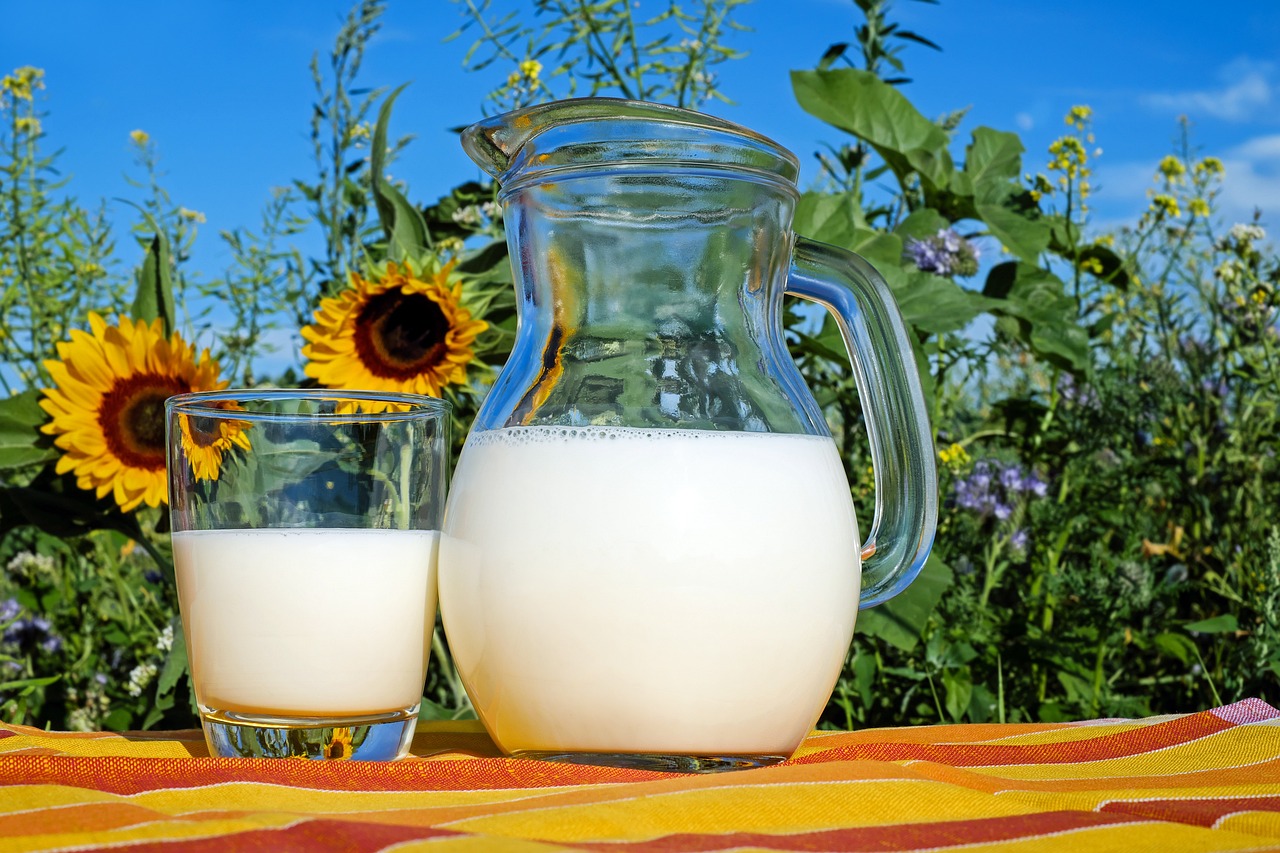
Students will understand the nutritional components of milk (carbohydrates) as they test three types of milk for the sugar glucose before and after adding the digestive enzyme lactase to determine which milk(s) contain the sugar lactose. They will also explore the nutritional composition and health benefits of consuming milk, research food sources of calcium, vitamin D, and phosphorus and devise ways to add bone-strengthening food to their diet.